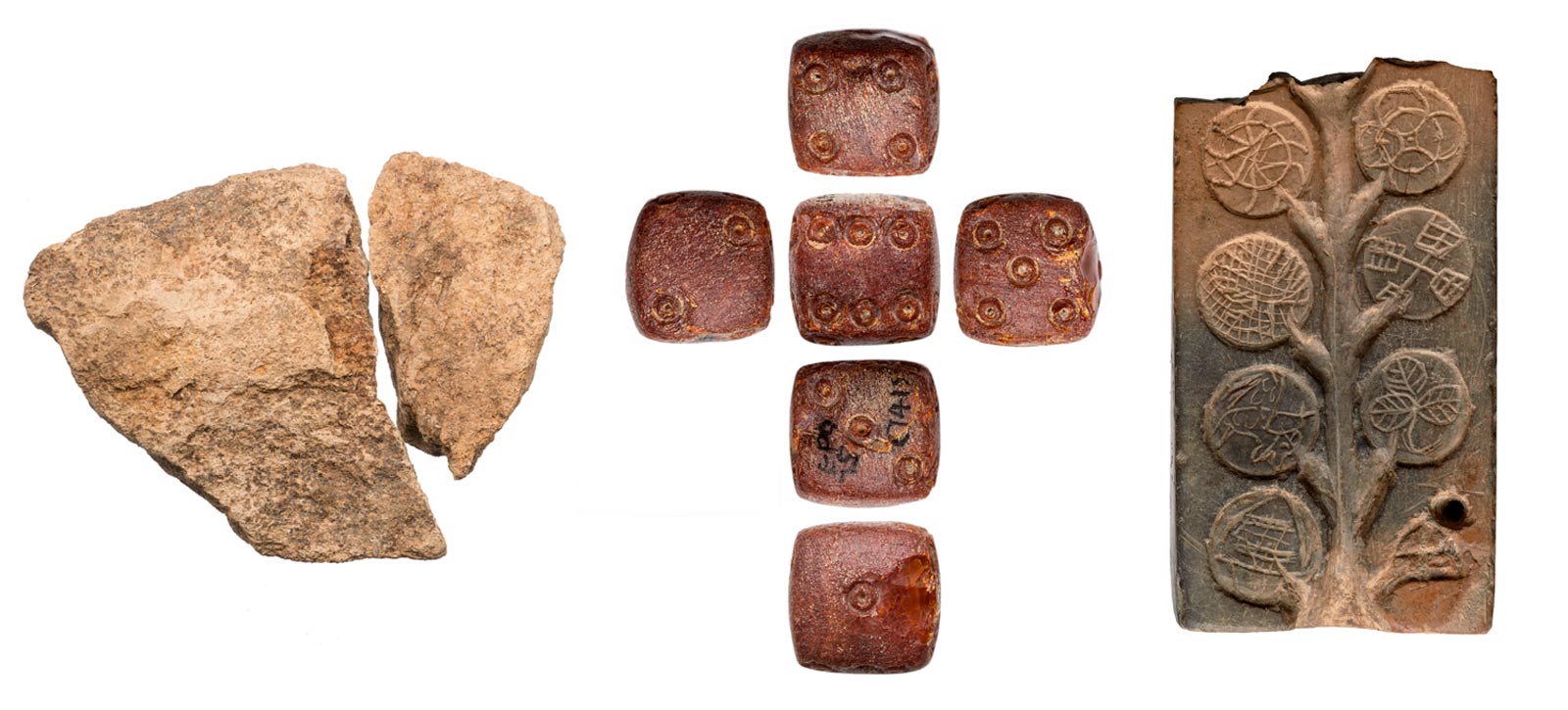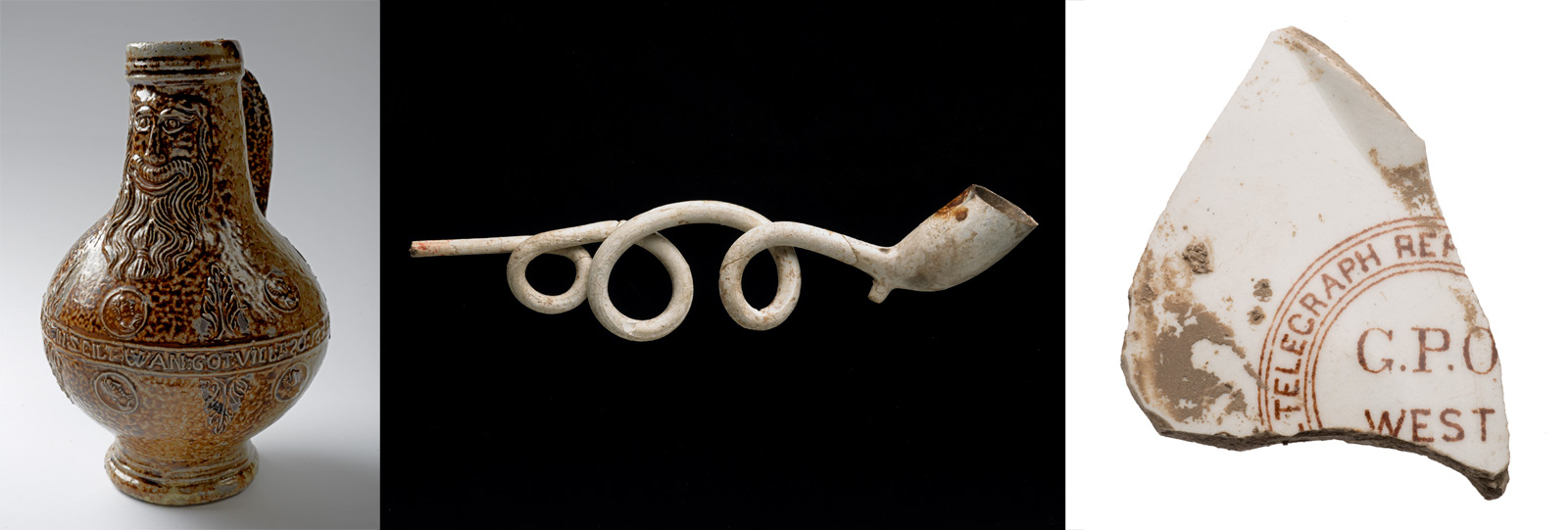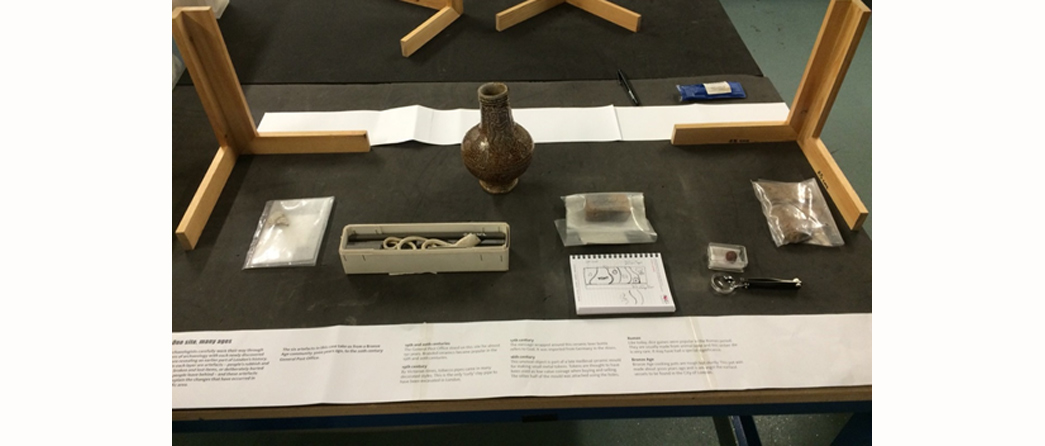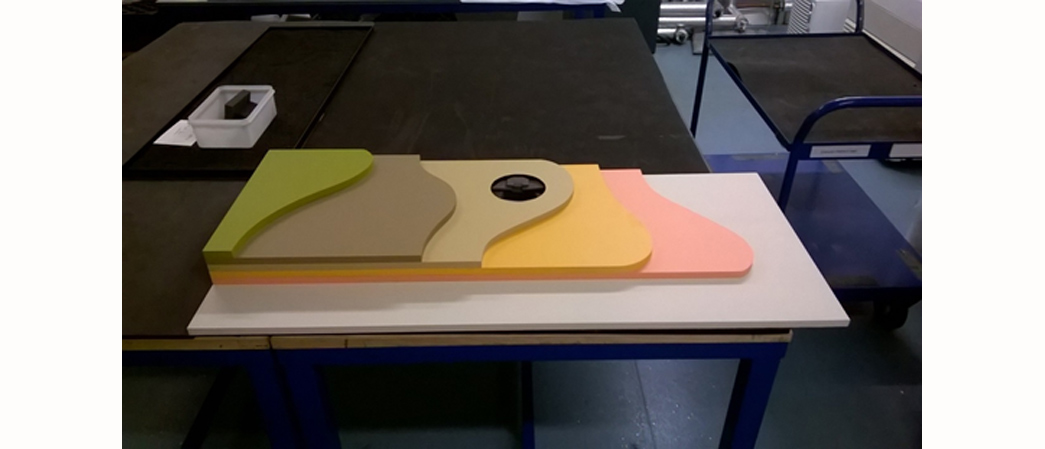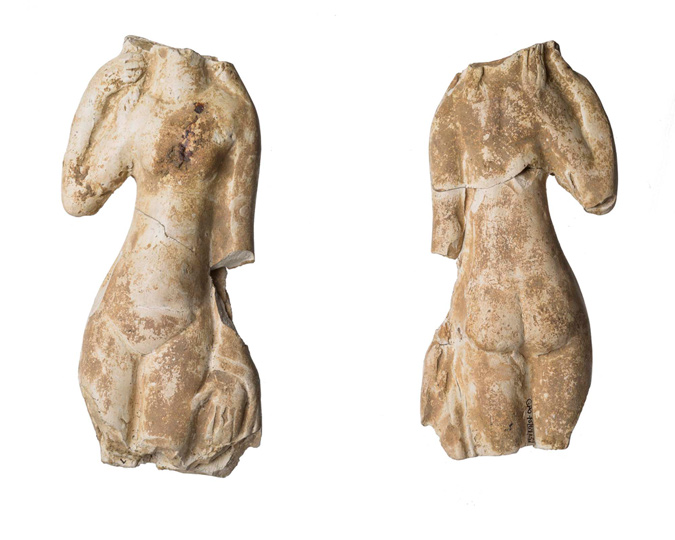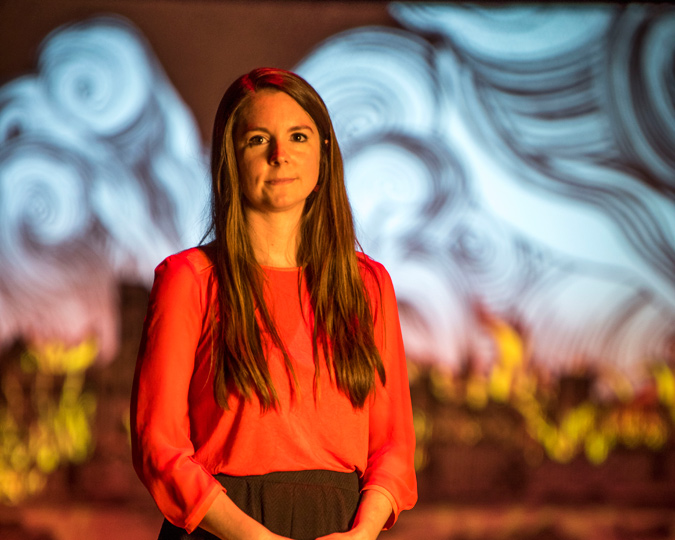A single archaeological site, excavated in 1975, provides a window into millennia of London's past. Adam Corsini explores the fascinating former site of the General Post Office building, and explains how he designed a 2016 display, Delivering the Past, around it.
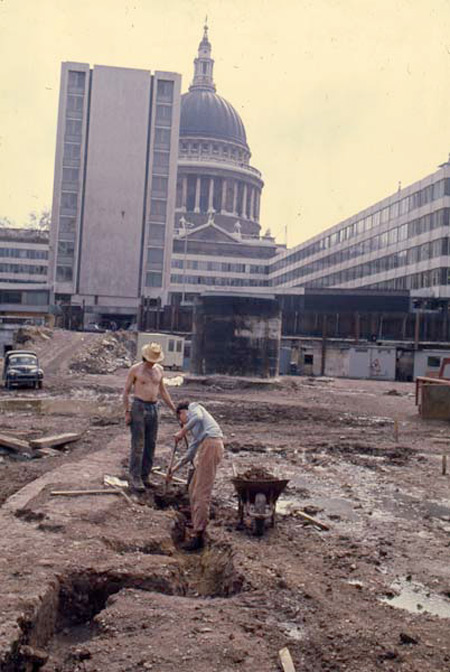
Archaeologist excavating the former General Post Office site, 1975
Our Looking for Londoners display area, just inside the museum’s entrance, gives us a chance to shine on spotlight on our archaeological collections. The Delivering the Past display centred on the archaeology from one excavation – 1975’s dig at the former General Post Office at Newgate Street.
The archaeology excavated from this site included objects from almost every period of London’s history, stretching from the Bronze Age to the bomb site after the GPO building was destroyed during the Blitz. Our challenge was to represent this huge span of time while also giving some idea of the process of archaeology. I'd like to take you behind the scenes and show how we created just one of the display cases on show.
The first task was to select six artefacts to go in a display case, which between them had to represent 3000 years of London’s history. The earliest object is a fragment of Bronze Age cooking pot, followed by a rare Roman gaming die, made of amber - a relic of the city of Londinium which once thrived on this site. Next was a late medieval token mould, into which molten metal was poured to form coin-shaped trade tokens. Then we have a 17th century beer bottle, a 19th century looped tobacco pipe, and finally a small ceramic fragment bearing the General Post Office's branding.
Once decided upon it’s useful to lay them out to help determine how the display should look.
Unlike most displays I wanted to position the artefacts in reverse chronological order, moving from left to right, so that the eye starts with the most recent object and works its way back towards the Bronze Age. This would be the same order in which the archaeologists discovered these objects, peeling back layers of time the further down they dug. To enhance this idea I wanted to play with depth, positioning the artefacts at different heights to represent their age. The pot sherd with "G.P.O." printed on it physically sits higher than the other objects, with the Bronze Age pot the lowest. This said, archaeology doesn’t always fit into a nice layered structure. For example, a Victorian well could be dug so deep that it cuts through and disturbs layers of medieval and Roman objects. To represent this, I thought it would be nice to sink one artefact so that it cuts through a couple of layers.
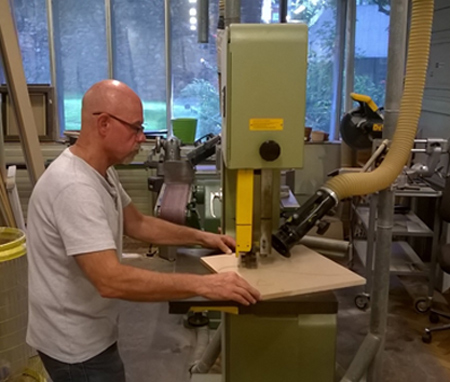
With these thoughts, I worked with the museum’s design team and technicians who turned my ideas into reality. Before long, pieces of wood were being cut up and shaped to represent the contours of each layer. All that was left was to decide upon suitable colours to paint each plinth, which involved scanning through lots of earthy palettes. I never knew there could be so many shades of yellow, browns and greens!
It's very challenging for one display case to represent 3000 years of history. Hopefully, the final result gives the effect I was going for, an archaeologically layered timeline.








